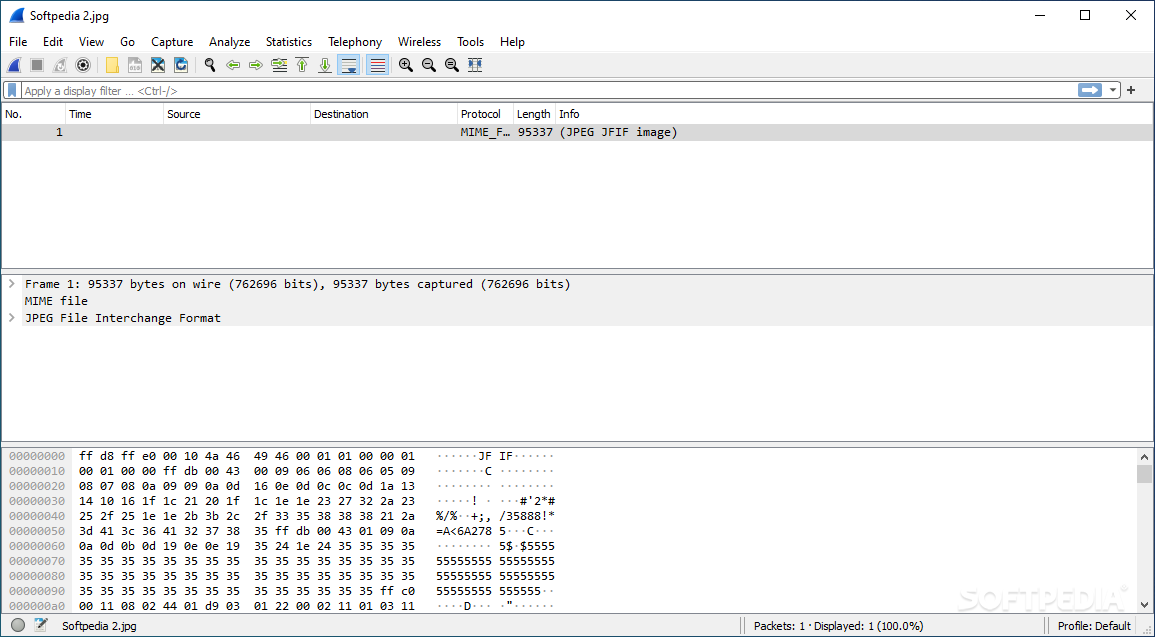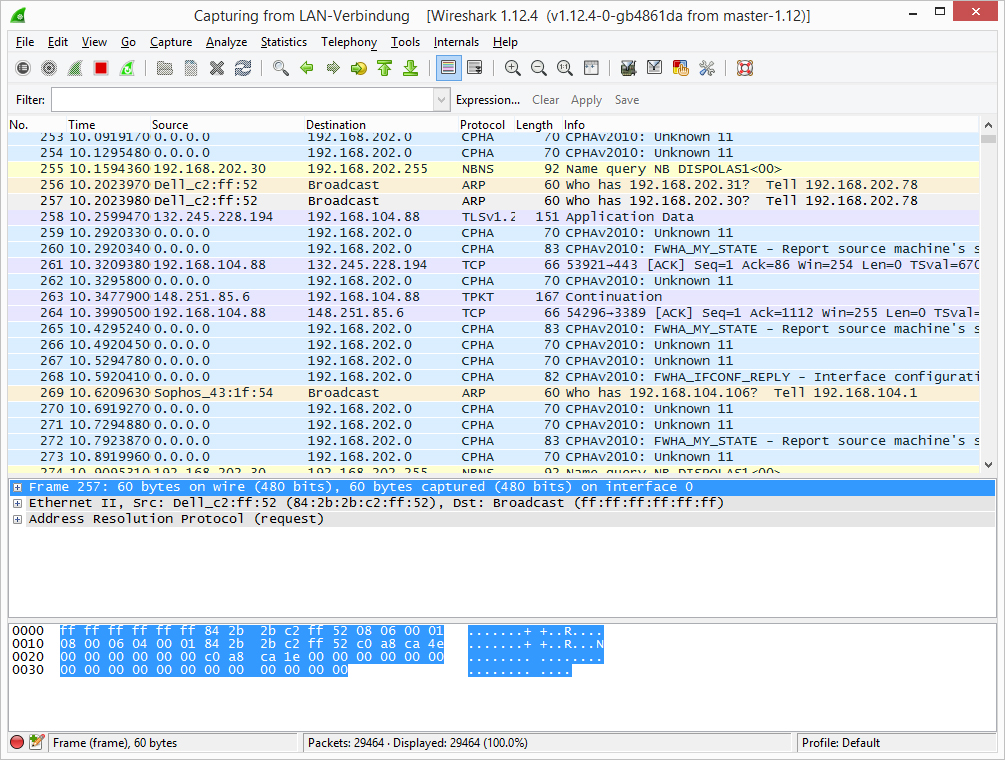

We can extract the initial HTML page using the Export HTTP object menu as shown in Figure 6. When reviewing network traffic from a phishing site, we might want to see what the phishing web page looks like. Our second pcap for this tutorial, extracting-objects-from-pcap-example-02.pcap (available here) contains traffic of someone entering login credentials on a fake PayPal login page.
WIRESHARK PCAP VERSION WINDOWS
In addition to Windows executable or other malware files, we can also extract web pages. We could also do a Google search on the SHA256 hashes to possibly find additional information. We can check the SHA256 hashes against VirusTotal to see if these files are detected as malware. It also confirms the suspected Windows executable file is indeed a Windows executable. The information above confirms our suspected Word document is in fact a Microsoft Word document.

WIRESHARK PCAP VERSION CODE
Invoice&MSO-Request.doc: Composite Document File V2 Document, Little Endian, Os: Windows, Version 6.3, Code page: 1252, Template: Normal.dotm, Last Saved By: Administrator, Revision Number: 2, Name of Creating Application: Microsoft Office Word, Create Time/Date: Thu Jun 27 19:24:00 2019, Last Saved Time/Date: Thu Jun 27 19:24:00 2019, Number of Pages: 1, Number of Words: 0, Number of Characters: 1, Security: 0 The commands and their results from Figure 5 are listed below: Determining the file type and hash of our two objects exported from the pcap. Figure 5 shows using these commands in a CLI on a Debian-based Linux host.įigure 5. The shasum command will return the file hash, in this case the SHA256 file hash. The file command returns the type of file. In a MacBook or Linux environment, you can use a terminal window or command line interface (CLI) for the following commands: Still, we should confirm these files are what we think they are. Fortunately, the first pcap in this tutorial is a very straight-forward example. In some cases, Windows executables are intentionally labeled as a different type of file in an effort to avoid detection. Of note, the Content Type from the HTTP object list shows how the server identified the file in its HTTP response headers. Saving the suspected Windows executable file from the HTTP object list.

Saving the suspected Word document from the HTTP object list.įigure 4. Select the second line with smart-faxcom as the hostname and save it as shown in Figure 4.įigure 3. Select the first line with smart-faxcom as the hostname and save it as shown in Figure 3.

This menu path results in an Export HTTP object list window as shown in Figure 3. Figure 2 show this menu path in Wireshark.įigure 2. We can export these objects from the HTTP object list by using the menu path: File -> Export Objects -> HTTP. smart-faxcom - GET /Documents/Invoice&MSO-Request.doc.exe, indicating the second request returned a Windows executable file. doc, indicating the first request returned a Microsoft Word document. Filtering on the tutorial's first pcap in Wireshark.Īfter filtering on http.request, find the two GET requests to smart-faxcom. Open the pcap in Wireshark and filter on http.request as shown in Figure 1.įigure 1. The first pcap for this tutorial, extracting-objects-from-pcap-example-01.pcap, is available here. This tutorial covers the following areas: You could also use a virtual machine (VM) running Linux. Since these files are Windows malware, I recommend doing this tutorial in a non-Windows environment, like a MacBook or Linux host. Warning: Most of these pcaps contain Windows malware, and this tutorial involves examining these malicious files. The instructions also assume you have customized your Wireshark column display as previously demonstrated in this tutorial. We will use these pcaps of network traffic to practice extracting objects using Wireshark. The instructions assume you understand network traffic fundamentals.
WIRESHARK PCAP VERSION HOW TO
This tutorial offers tips on how to export different types of objects from a pcap. When reviewing packet captures (pcaps) of suspicious activity, security professionals may need to export objects from the pcaps for a closer examination.


 0 kommentar(er)
0 kommentar(er)
